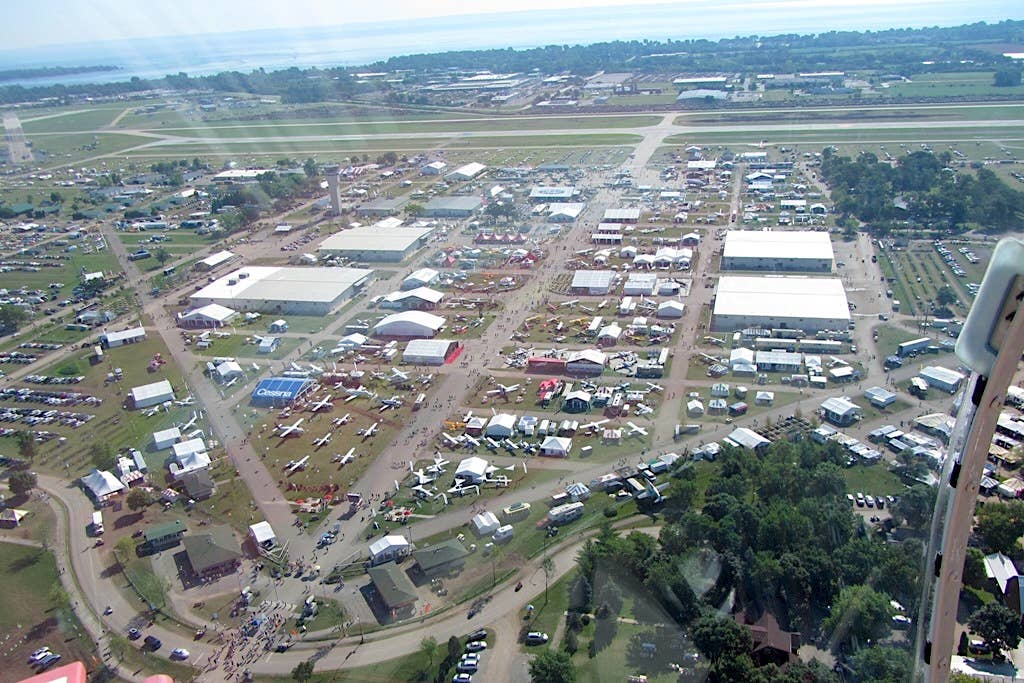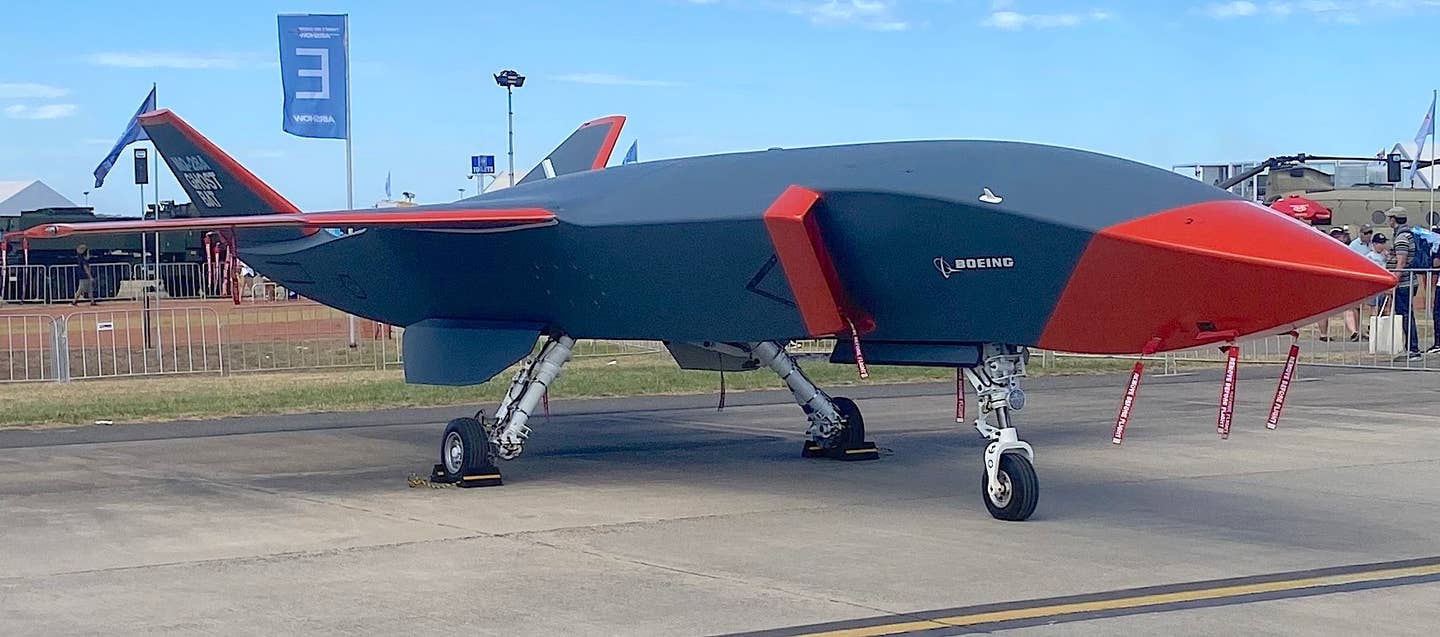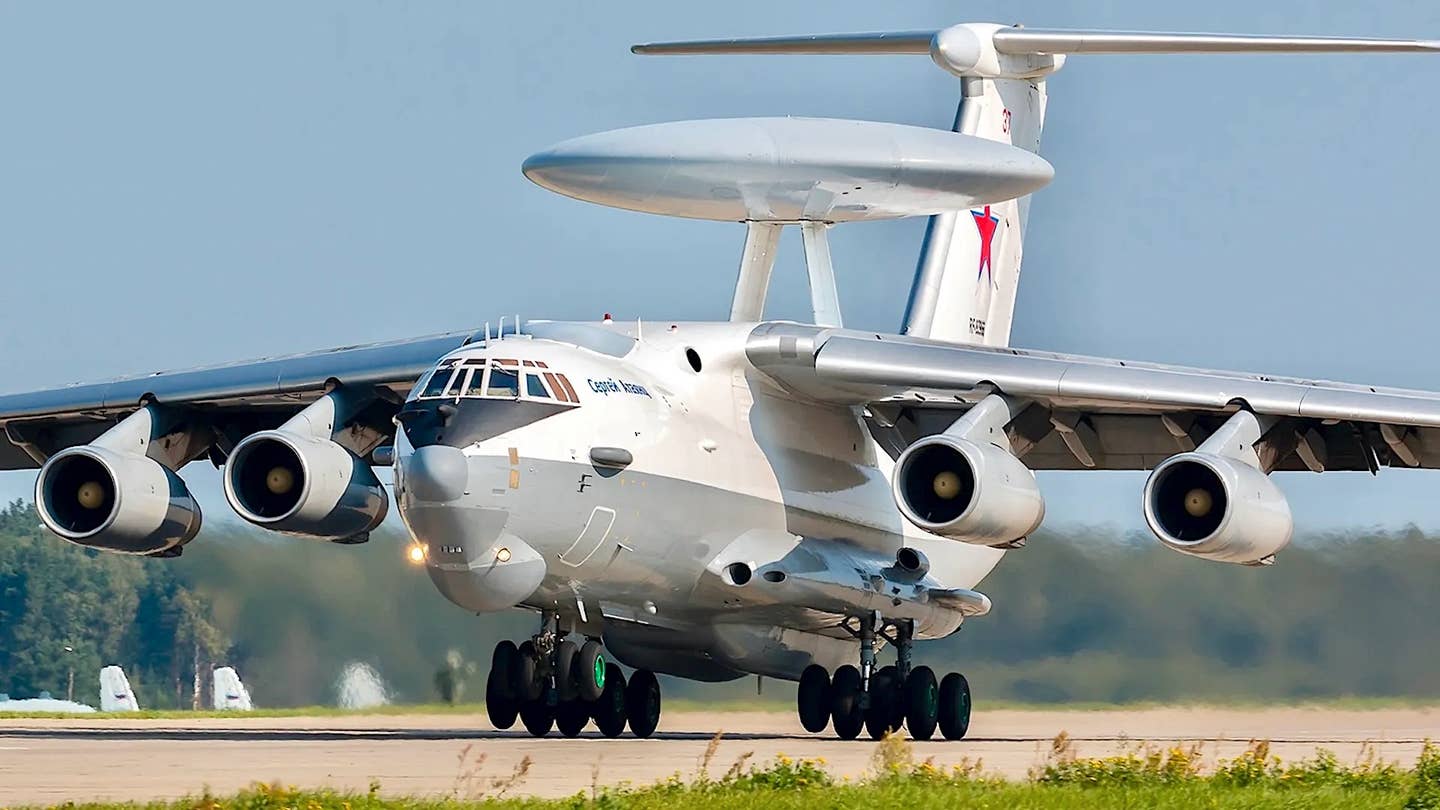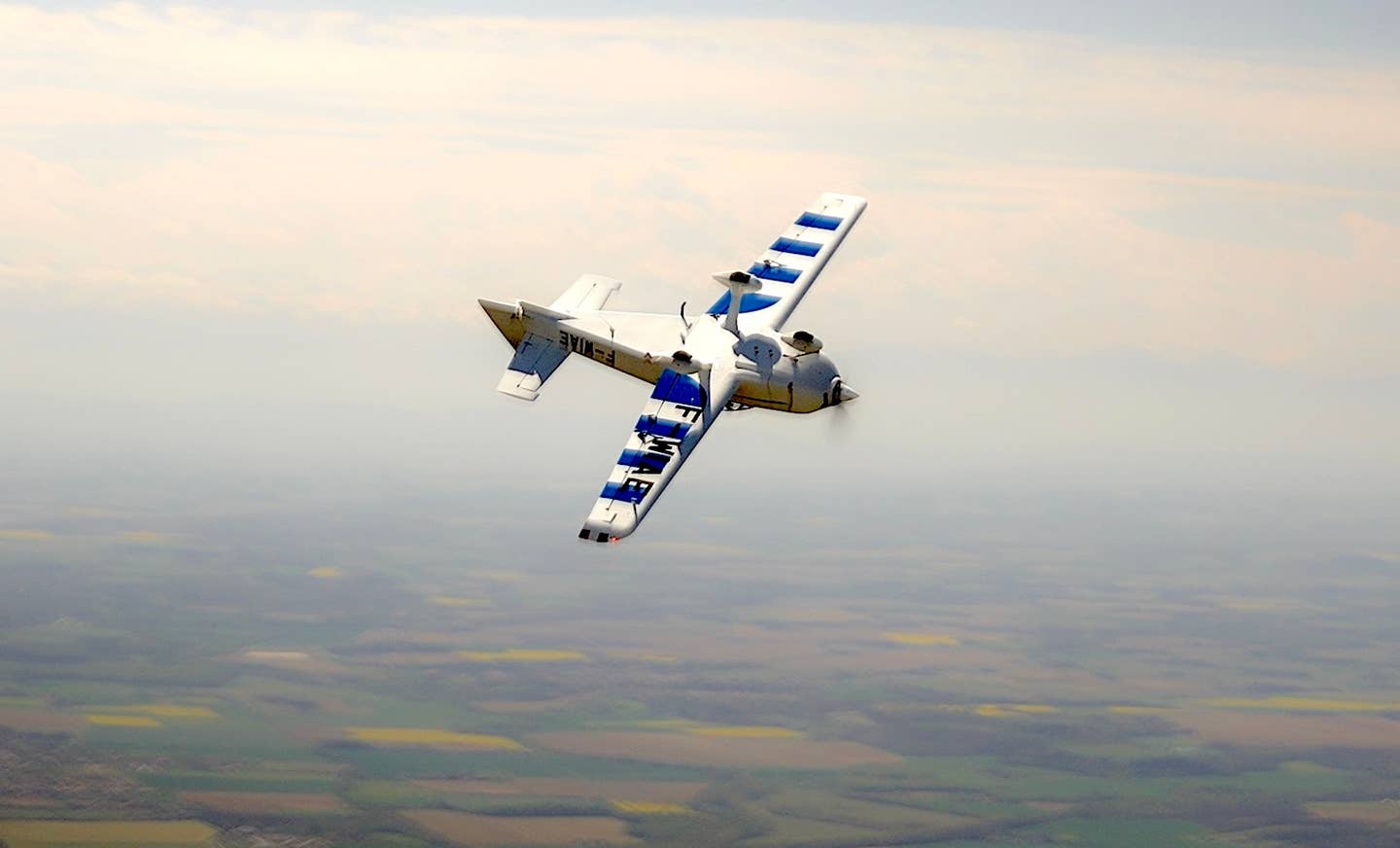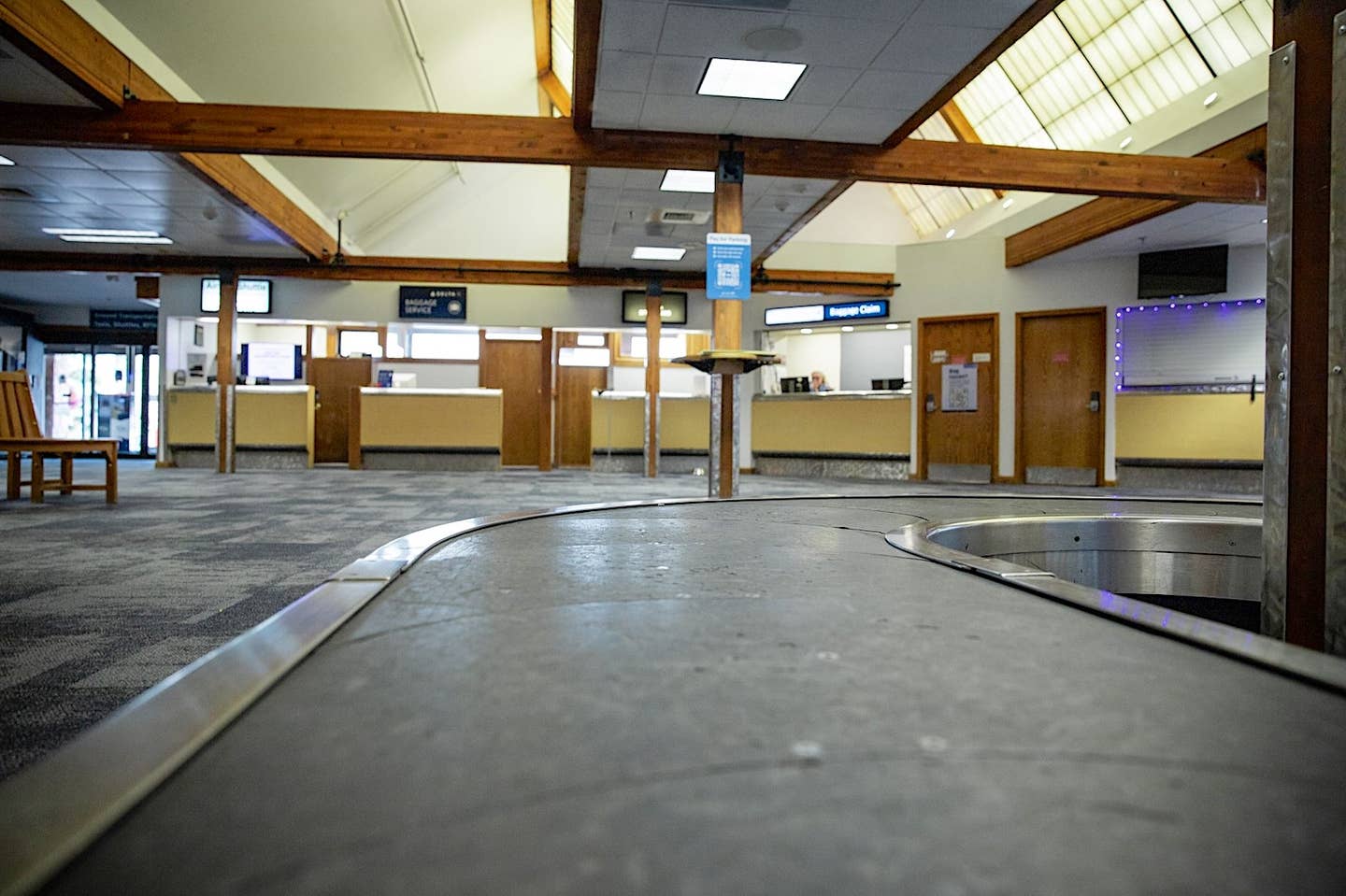New Piper Wing Spar AD Affects 5,400 Aircraft
Owners of Piper PA-28 and PA-32 models have been hit with a series of airworthiness directives over the last year, including one related to main-spar corrosion, but the latest AD…
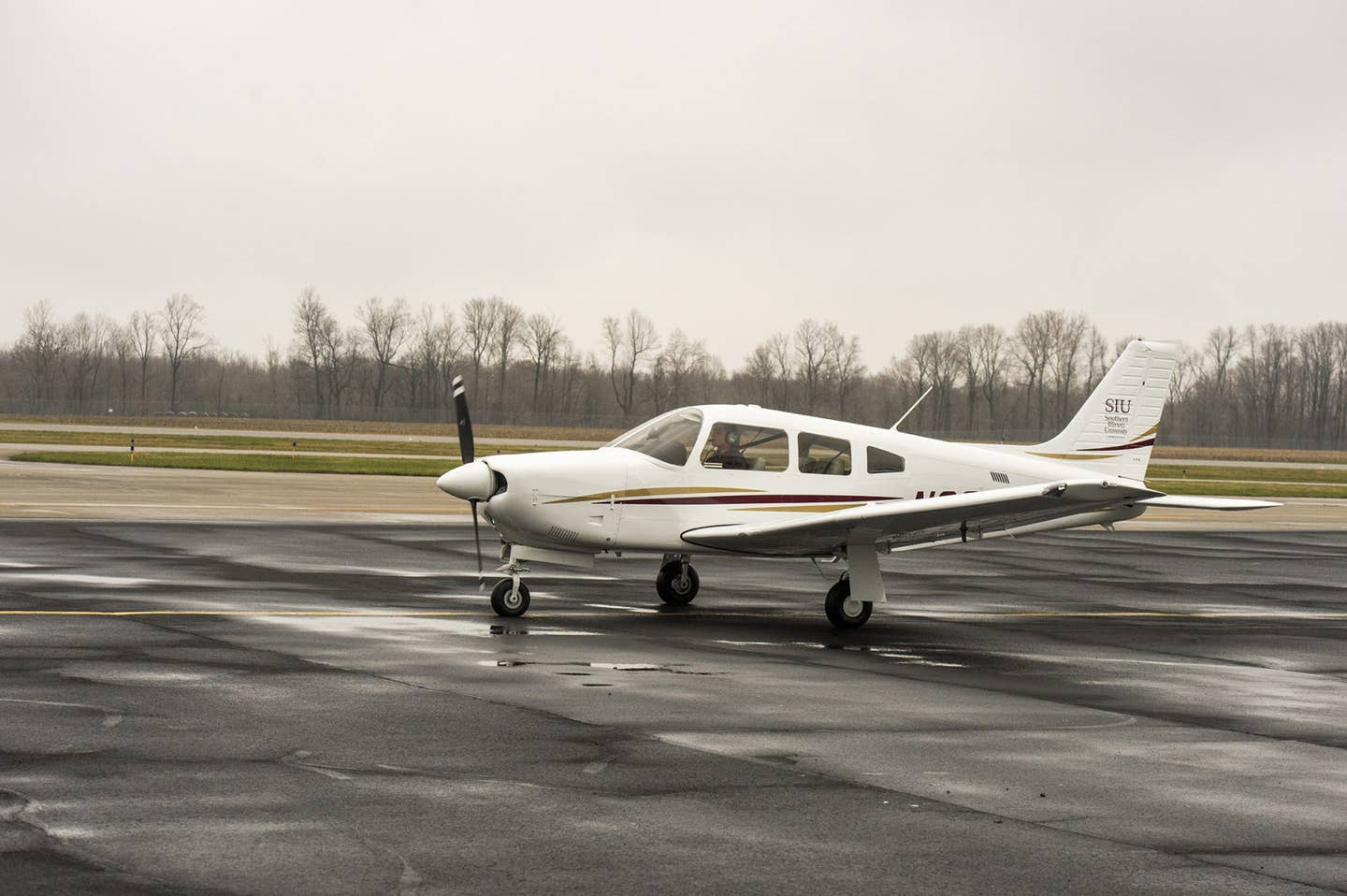
Image: Piper
Owners of Piper PA-28 and PA-32 models have been hit with a series of airworthiness directives over the last year, including one related to main-spar corrosion, but the latest AD stems from a fatal accident in 2018 when a Piper Arrow conducting flight training lost a wing and killed the FAA examiner and student. The Arrow was 11 years old but had accumulated more than 7,600 hours, exclusively in the training environment.
The most recent AD calls for inspections of the lower spar caps at the bolted joint to the carry-through structure inside the cabin for aircraft with more than 5,000 hours time in service and applies to more than 5,400 aircraft. The accident Arrow’s wing failed due to a fatigue fracture at the “bolted joint” along the lower spar cap, according to investigators. The AD is effective on Feb. 16, 2021, and affects PA-28 and PA-32 aircraft from the PA-28-151 Warrior up to the PA-32RT Saratoga. It also includes all Arrow models, but not the PA-28-236 Dakota or the lighter non-taper-wing PA-28 series.
According to the FAA, “Because airplanes used in training and other high-load environments are typically operated for hire and have inspection programs that require 100-hour inspections, the FAA determined the number of 100-hour inspections an airplane has undergone would be the best indicator of the airplane's usage history. Accordingly, the FAA developed a factored service hours formula based on the number of 100-hour inspections completed on the airplane. This AD requires calculating the factored service hours for each main wing spar to determine when an inspection is required, inspecting the lower main wing spar bolt holes for cracks, and replacing any cracked main wing spar.” In short, the inspection portion of the AD applies when any given airplane has accumulated more than 5,000 “factored service hours,” a determination that had to be made within 30 days of the AD’s implementation by reviewing the logbooks and counting the number of 100-hour inspections determined to be associated with flight-training use. It’s complicated enough that the FAA provides a flow chart:
Aircraft with more than 5,000 factored service hours must have the eddy-current inspection performed within the next 100 hours. The test is said to cost just more than $1,000 per aircraft, though a wing-spar replacement is estimated at more than $12,000 each wing. What’s more, the FAA says it will not issue ferry permits to those aircraft found to have cracks; they will have to be repaired locally or disassembled and taken to an appropriate service facility. Finally, the FAA is calling this AD an “interim” measure, suggesting that data from the field could change the minimum number of service hours.

